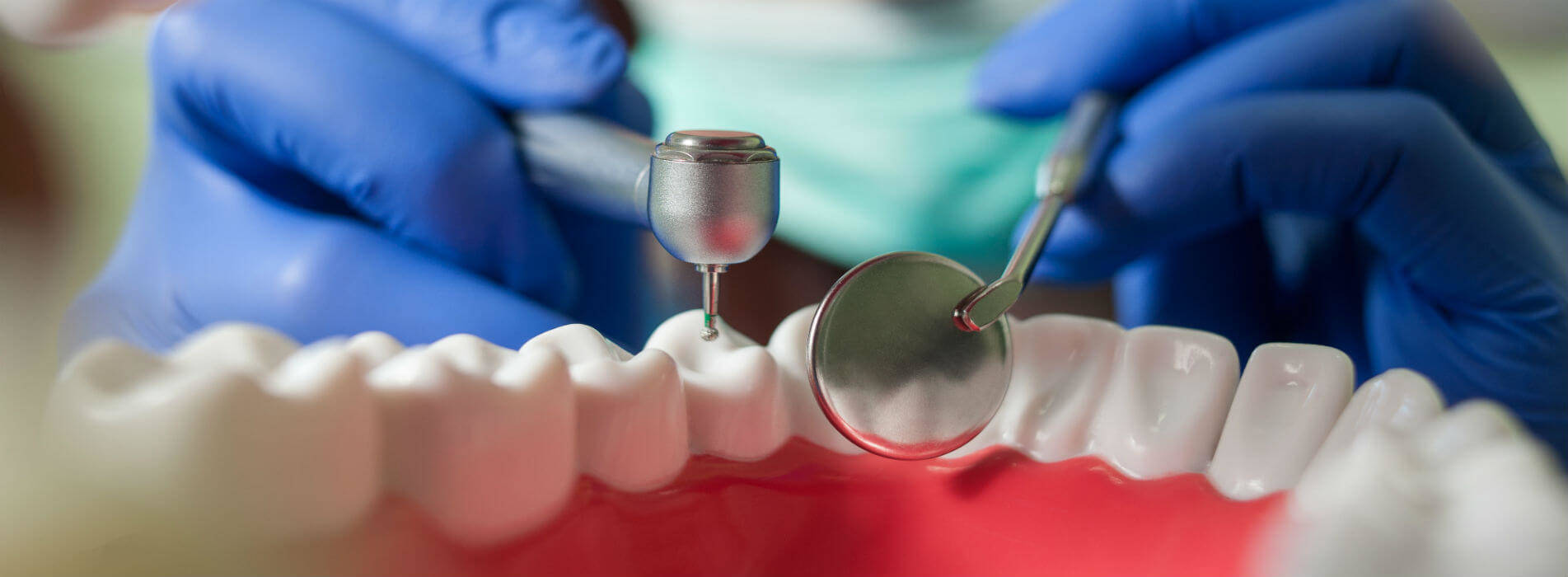What does a root canal involve?
What does a root canal involve?
The pulp is the soft tissue inside your tooth or molar that contains nerves, blood vessels and that provides nutrition to your tooth or molar. It can become infected if you have:
Deep caries.
-Repeated interventions that disturb this tissue.
-A fractured or cracked molar or tooth.
-An injury to the tooth (even if there is no visible crack or break).
If left untreated, the tissues around the root of your tooth or tooth may become infected. If this occurs, you will likely feel pain and swelling, and an abscess may form inside the tooth or molar and / or in the bone around the end of the root of the tooth or molar in question. An infection can also put you at risk of losing a tooth, since bacteria can damage the bone that connects to the jaw.
Endodontic treatment usually requires 1 or 2 visits to the dentist. It will hurt a bit, because your dentist will use local anesthesia so that you don’t feel the intervention. When you’re finish, you should no longer feel the pain you felt before the intervention.
About the treatment
Before starting treatment, your dentist:
- Will take x-rays to get a clear view of your tooth or molar and the surrounding bone.
- It will anesthetize the area, including the tooth or molar so that it’s comfortable during the treatment.
- Will put a thin sheet of latex rubber on your tooth or grinding wheel to keep it dry, clean, and protected from viruses, bacteria, and fungi that are normally in the mouth.
- During treatment, your dentist:
- Will create an opening at the top of your molar or tooth.
- It will remove the nerve from the inside of the tooth or molar and from the areas of its root, known as root canals.
- It will clean inside the tooth or molar and each root canal. Your dentist may treat the tooth or tooth with medicine to kill germs.
- It will fill the root canals with a rubber-like material to seal them against future infections.
- It will put a temporary filling in the tooth or grinding wheel until the final restoration, such as a permanent filling or a crown that will be put in at the first opportunity.
After endodontic treatment:
Your tooth and the surrounding area may be tender for a few days. You can talk to your dentist about how to ease the discomfort you might be feeling.
Your dentist may prescribe antibiotics if the infection spreads. Use them following the instructions and follow up with your dentist if you have any problems taking them.
You will need to arrange a follow-up visit after endodontic treatment. At this visit, your dentist will remove the temporary filling and replace it with a regular filling or crown that protects your tooth or tooth from further damage. A metal or plastic bolt could also be placed inside the root canal to ensure that the filling materials remain in place. This will help hold the crown if you need one.
How long will endodontic filling last?
With proper care, your restored tooth or tooth can last a lifetime. Prioritize brushing two minutes, twice a day with fluoride toothpaste, clean between your teeth daily, and visit your dentist regularly to make sure your teeth are strong and healthy.



